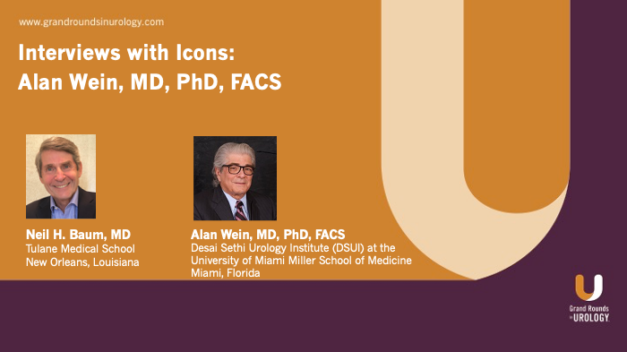Micro-ultrasound and MRI for Visualization of Prostate Cancer
Wayne Brisbane, MD, explores micro-ultrasound (micro-US) and MRI in visualizing prostate cancer, highlighting their respective strengths and applications in clinical practice.
Micro-ultrasound has emerged as a promising imaging modality for prostate cancer detection due to its high resolution and real-time capabilities. This technology enhances the identification and characterization of suspicious lesions, offering superior spatial resolution. In contrast, MRI, particularly multiparametric MRI (mpMRI), excels in detecting larger and more complex tumors.
Dr. Brisbane emphasizes that while mpMRI remains pivotal in pre-biopsy evaluations and treatment planning, micro-ultrasound complements these efforts by enhancing real-time visualization during targeted biopsies and focal therapies. Combining the strengths of both modalities allows clinicians to leverage the high sensitivity of mpMRI for initial lesion detection and the high resolution and real-time capabilities of micro-ultrasound for precise biopsy guidance and treatment monitoring.





